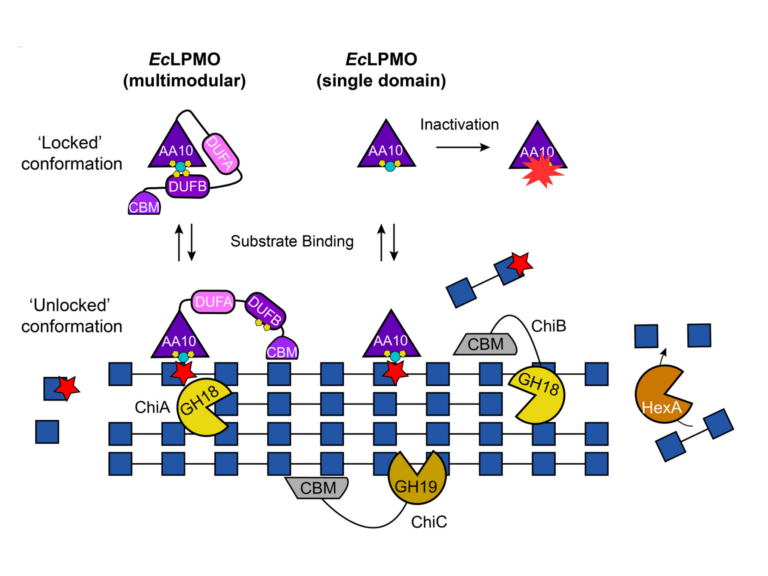The receptor kinase FERONIA regulates phosphatidylserine localization at the cell surface to modulate ROP signaling
Cells maintain a constant dialog between the extracellular matrix and their plasma membrane to fine tune signal transduction processes. We found that the receptor kinase FERONIA (FER), which is a proposed cell wall sensor, modulates phosphatidylserine plasma membrane accumulation and nano-organization, a key regulator of Rho GTPase signaling in Arabidopsis. We demonstrate that FER is required for both Rho-of-Plant 6 (ROP6) nano-partitioning at the membrane and downstream production of reactive oxygen species upon hyperosmotic stimulus. Genetic and pharmacological rescue experiments indicate that phosphatidylserine is required for a subset of, but not all, FER functions. Furthermore, application of FER ligand shows that its signaling controls both phosphatidylserine membrane localization and nanodomains formation, which, in turn, tunes ROP6 signaling. Together, we propose that a cell wall-sensing pathway controls via the regulation of membrane phospholipid content, the nano-organization of the plasma membrane, which is an essential cell acclimation to environmental perturbations.


